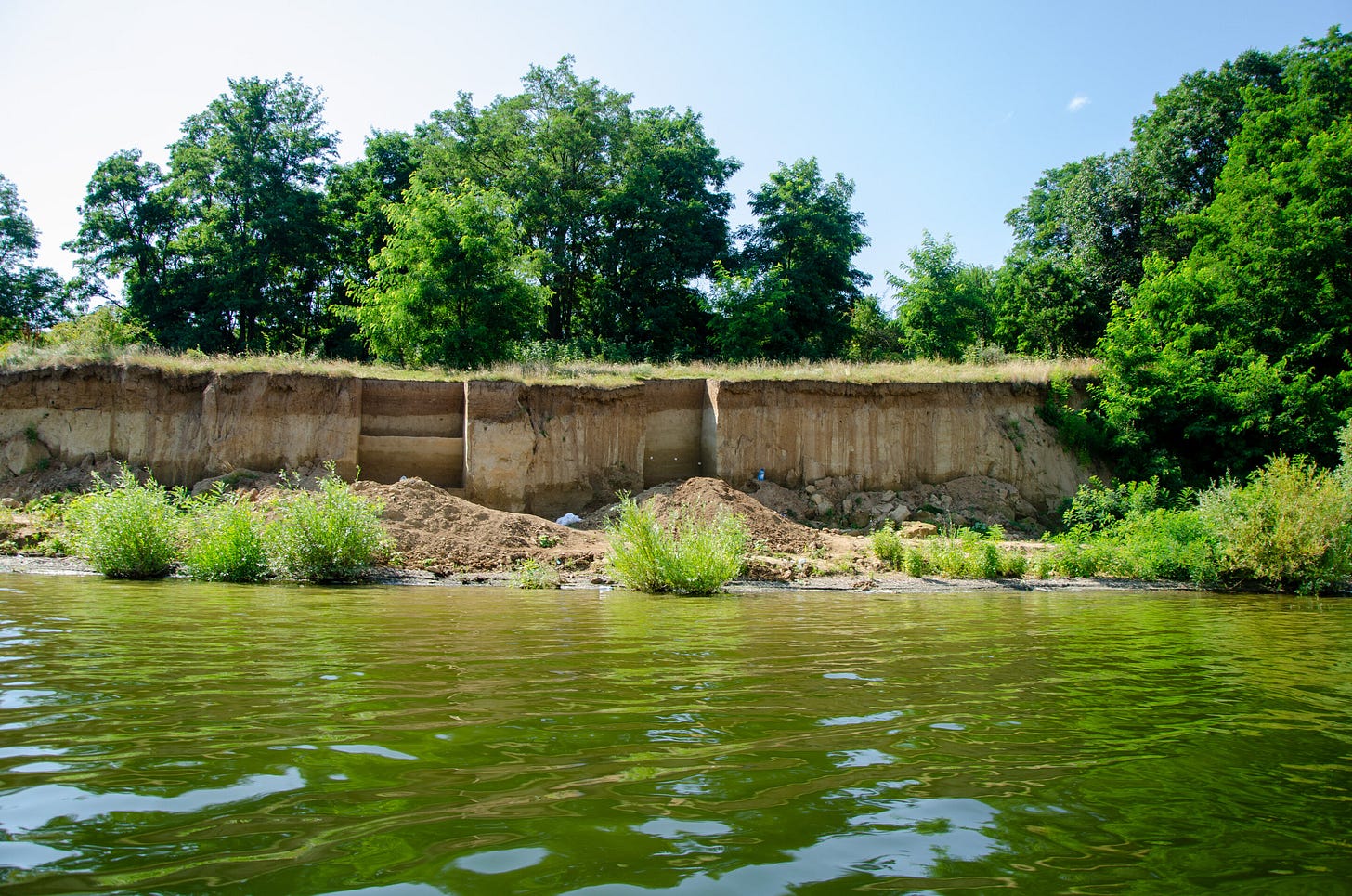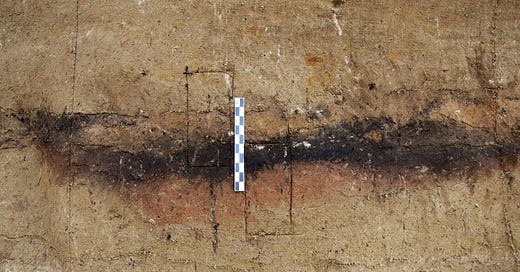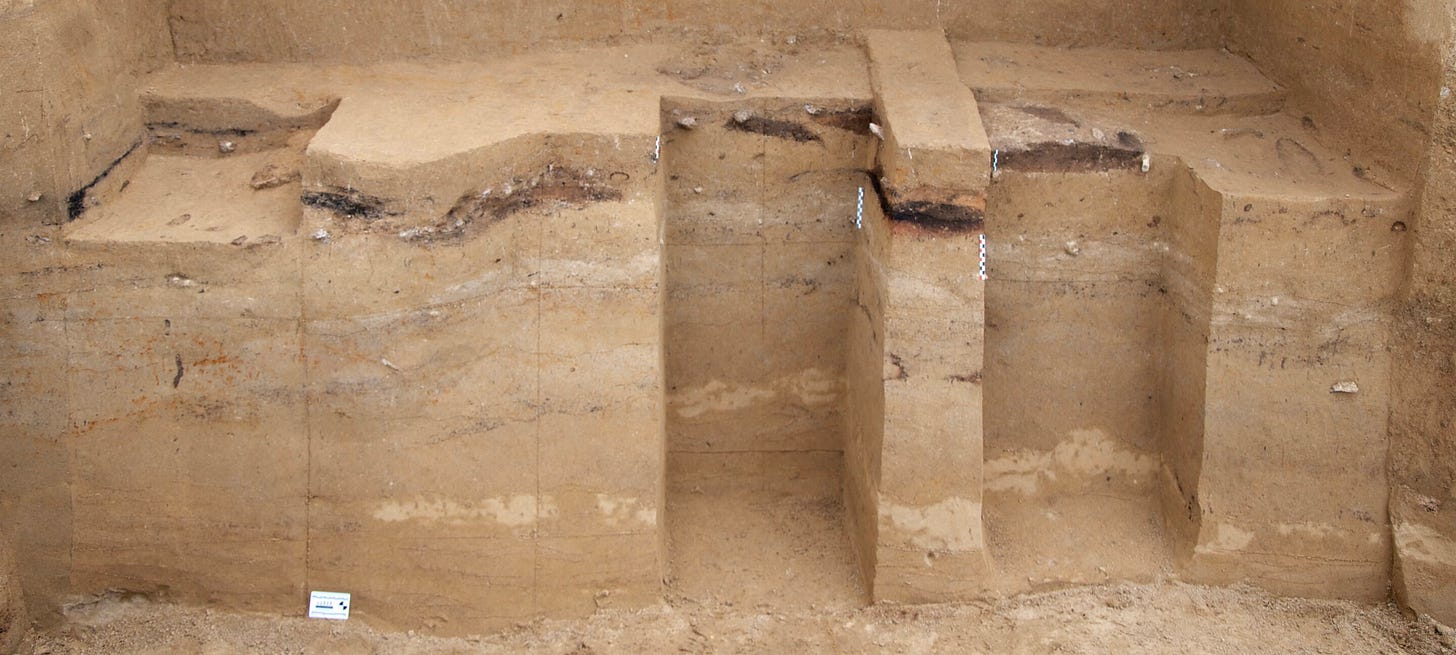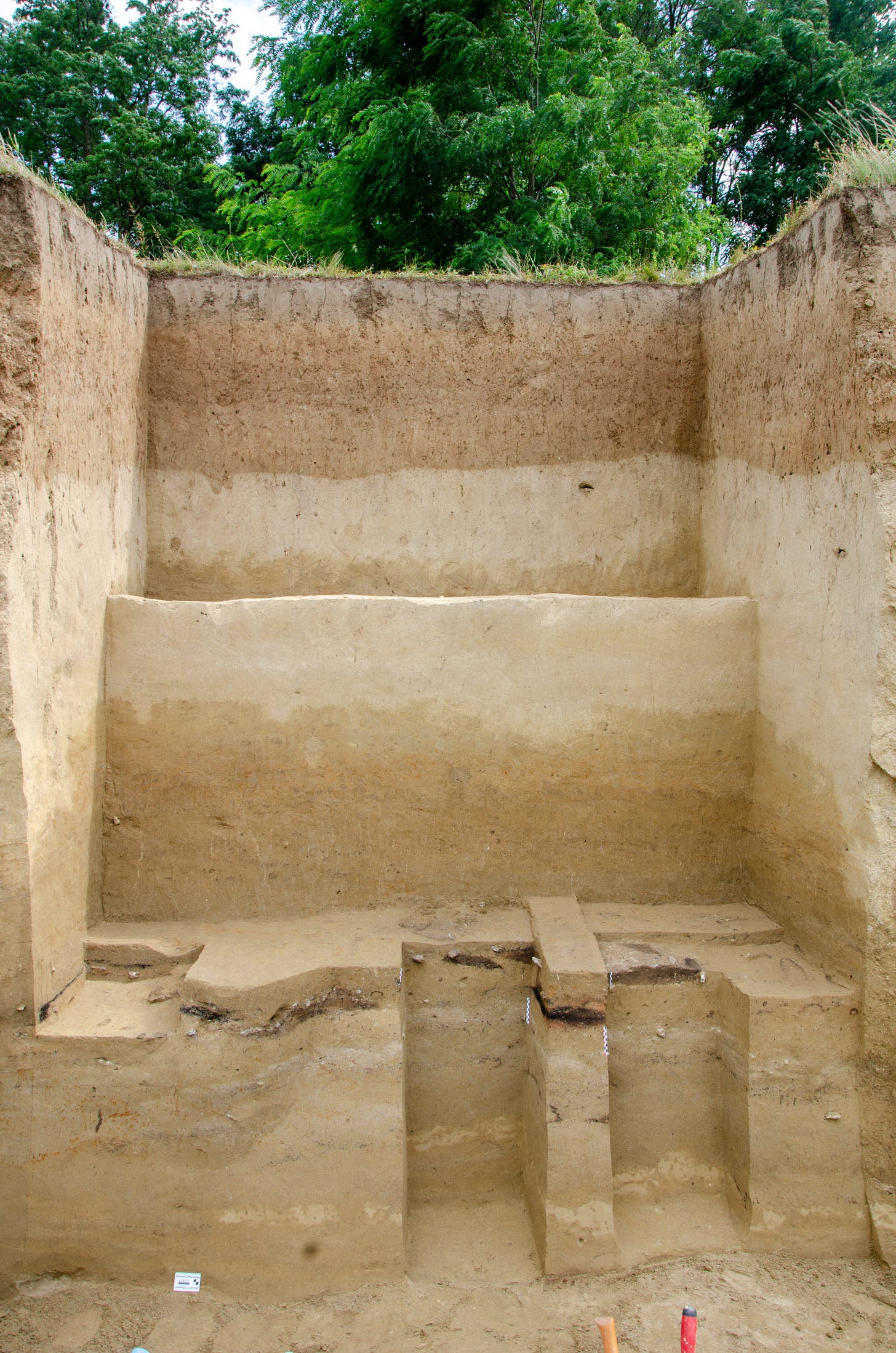The Puzzle of the Missing Fires
In the bleak cold of the Last Glacial Maximum, it seems obvious that fire would have been essential for human survival. And yet, the archaeological record for that period—from roughly 26,500 to 19,000 years ago—tells a strangely quiet story. Hearths, once the heart of Paleolithic domestic life, seem to vanish from many known European sites.
This curious absence has stirred debate. Did hunter-gatherers abandon fire? Were they unable to find enough fuel during these harshest years of the Ice Age? Or has the archaeological record simply failed to preserve these ephemeral traces of life?
A recent study from a team of researchers working at Korman’ 9, a Paleolithic site in Ukraine’s middle Dniester valley, begins to offer some clarity. The results, published in Geoarchaeology1, point not to a lack of fire, but to a high degree of sophistication in how it was managed, built, and possibly even seasonally adapted.
Evidence from a Frozen Frontier
Using an array of geoarchaeological techniques—including micromorphology, microstratigraphy, and colorimetric soil analysis—the team identified three distinct hearths at the site. Each one was flat and open, built directly into the soil without constructed walls or pits.
But don’t let their simplicity fool you.
“People perfectly controlled the fire and knew how to use it in different ways, depending on the purpose,” said archaeologist Philip R. Nigst of the University of Vienna.
One hearth, in particular, stood out: larger, deeper, and capable of producing higher temperatures than the others—above 600°C. This suggests that different fires may have been used for different tasks or in different seasons, perhaps reflecting shifts in resource availability or group mobility.
A Fire of Flesh and Bone?
The hearths appear to have been primarily wood-fueled, with charcoal traces pointing to spruce as a frequent fuel. But there's more to the story. Some animal bones found near the hearths were scorched at over 650°C. Whether these bones were simply caught in the flames or deliberately burned as fuel is still under investigation.
“We are currently investigating whether they were used as fuel or just accidentally burned,” said zooarchaeologist Marjolein D. Bosch, who collaborated from institutions in Vienna and the Austrian Academy of Sciences.
Bone and fat as supplementary fuels would make sense in a landscape where wood was scarce, particularly in the frigid steppes of glacial Ukraine. These substances also burn hot and slow—valuable properties for people working with stone tools or cooking tough game meat.
The Science of Seasonal Use
The spatial organization of the hearths suggests more than just fire-making know-how. It hints at long-term planning. Seasonal reuse of the site was likely, with hearth construction varying in size and intensity based on shifting needs.
“Our results show that these hunter-gatherers used the same place at different times of the year during their annual migrations,” Nigst explained.
This adds to a growing picture of Ice Age mobility that wasn’t random but followed familiar, practiced routes, guided by game movement, environmental rhythms, and social memory.

Why Are Hearths So Rare?
Despite these findings, hearths from the Last Glacial Maximum remain elusive across Europe. Could the typical freeze-thaw cycles of glacial soils have obliterated fragile fire features? Or is the scarcity telling us something more profound?
“Was most of the evidence destroyed by the ice-age-typical, alternating freezing and thawing of the soil?” asked lead author William Murphree of the University of Algarve.
“Did they not use fire, but instead rely on other technological solutions?”
These questions remain open, and they point to a deeper need to reassess what we expect fire-use to look like archaeologically. We may simply be missing it—either through poor preservation or methodological blind spots.
Fire as Cultural Technology
Fire is not merely a survival tool. It’s a cultural signature—a human technology that supports cooking, warmth, light, storytelling, and symbolism. At sites like Korman’ 9, the flames leave more than ash behind. They preserve a trace of how people adapted to climatic extremes with skill, patience, and ingenuity.
In studying Ice Age pyrotechnology, archaeologists are peeling back another layer of Homo sapiens’ evolutionary adaptability. The ability to use fire efficiently in one of Earth's most unforgiving climates may have played a crucial role in allowing our species to endure and expand.
Related Research
Here are some other studies that complement and contextualize these new findings:
Henry, A. G., Brooks, A. S., & Piperno, D. R. (2014). Plant foods and the dietary ecology of Neanderthals and early modern humans. Journal of Human Evolution, 69, 44–54.
https://doi.org/10.1016/j.jhevol.2013.12.014Sorensen, A. C., Scherjon, F., & MacDonald, K. (2022). Fire use in the Middle and Upper Paleolithic: A taphonomic perspective. Quaternary Science Reviews, 292, 107651.
https://doi.org/10.1016/j.quascirev.2022.107651Wrangham, R. (2009). Catching Fire: How Cooking Made Us Human. Basic Books.
(Though not a paper, Wrangham’s influential book explores the evolutionary role of fire and cooking in Homo sapiens.)Mentzer, S. M. (2014). Microarchaeological approaches to the identification and interpretation of combustion features in prehistoric archaeological sites. Journal of Archaeological Method and Theory, 21(3), 616–668.
https://doi.org/10.1007/s10816-013-9182-3
Murphree, W. C., Ferro-Vázquez, C., Kulakovska, L., Usyk, V. I., Kononenko, O., Bosch, M. D., Haesaerts, P., Damblon, F., Pirson, S., Nigst, P. R., & Aldeias, V. (2025). Fire use during the last glacial maximum: Evidence from the Epigravettian at Korman’ 9, middle Dniester valley, Ukraine. Geoarchaeology, 40(2). https://doi.org/10.1002/gea.70006













Share this post